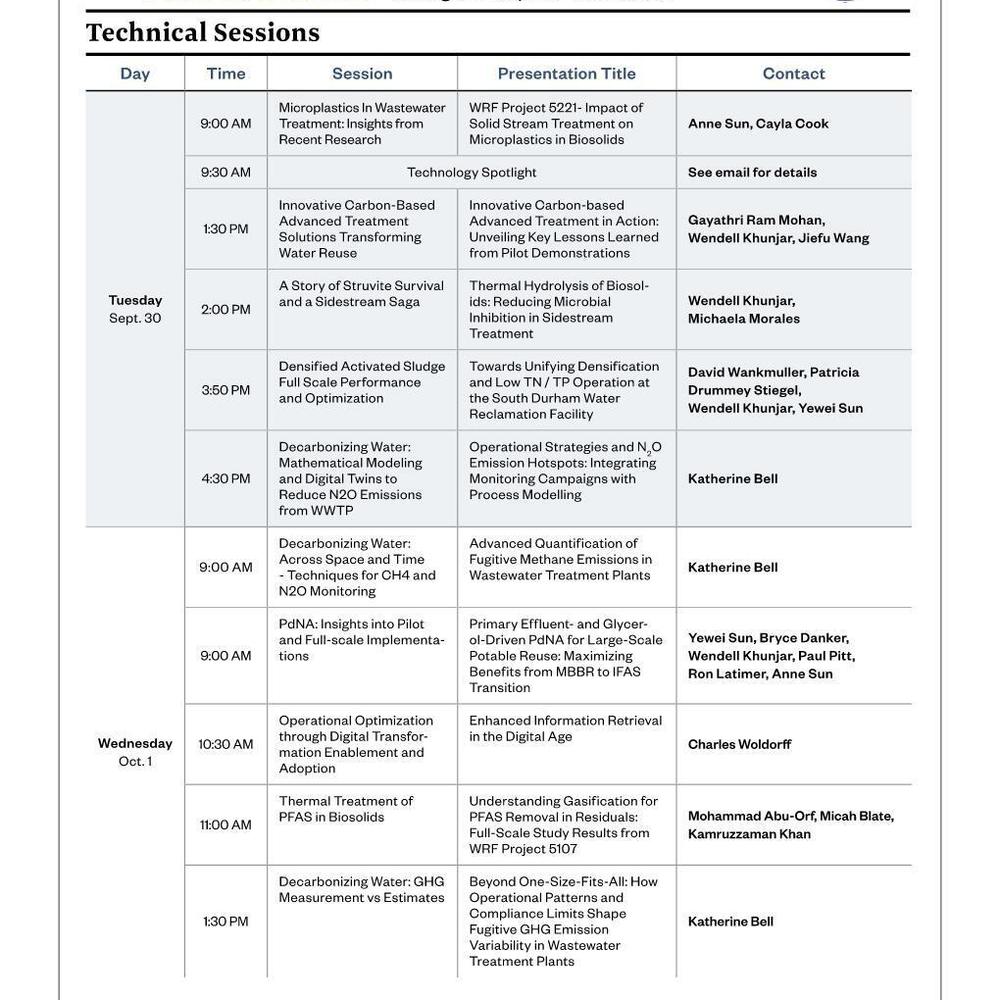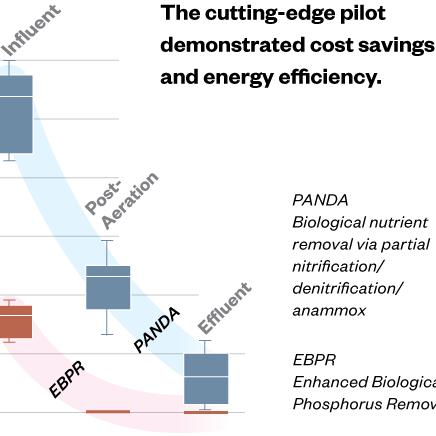Onsite Water Reuse: A Shortcut to Reclaimed Water Irrigation and Reduced Nitrogen Loading
Approximately 25% of homes in the U.S. rely on onsite sewage disposal systems (OSDS, typically septic systems) for wastewater treatment and disposal, and the recent development of numeric nutrient criteria and TMDLs for surface waters has led to concerns over nitrogen loading to certain water bodies where water quality is impacted.
Hazen and Sawyer recently completed research for the Florida Department of Health to develop and test nitrogen reducing technologies for OSDS as a means to protect water quality. One concept studied was onsite water reuse, where household wastewater was applied to the landscape for treatment and nutrient uptake prior to groundwater recharge.
This concept is applicable to many areas in the U.S., such as Chesapeake Bay, where nitrogen loading from OSDS needs to be addressed. First, pilot testing of various treatment process configurations and media was accomplished over a two-year period. A two-stage biofilter process treating septic tank effluent (STE) was selected for its performance and ease of operation in the pilot study. In a two-stage nitrogen removal biofiltration process, the first stage provides ammonification and nitrification via a porous media biofilter and the second stage provides denitrification via an anoxic biofilter with reactive media as an electron donor. Based on the pilot results, several full-scale two-stage biofilter systems were developed and tested over an additional two years.
One of the full-scale systems was designed to provide high levels of wastewater treatment as well as water reuse for landscape irrigation, and this system was installed and monitored over an 18 month period at a single family home in central Florida. Results from the onsite reuse system were very encouraging. Over an 18 month monitoring period, STE total nitrogen (TN) entering the system averaged 50.5 mg N/L, and this was reduced by approximately 96% relative to the applied STE, resulting in an average TN concentration of 1.9 mg N/L prior to water reuse for landscape irrigation.
The system was easy to operate and reduced water use at the home. Energy use by the system averaged approximately 1 kwh/day, or 7.8 kwh/1000 gallons treated, and this includes energy for pumping to the treatment areas as well as irrigation of the final effluent. For the home studied, this amounted to approximately $3.00 per month in power costs. Thus, onsite reuse appears to be a viable alternative to traditional OSDS and could provide significant nitrogen removal as well as reclaimed water for irrigation without the need for pipelines and pumping to and from a wastewater treatment plant.
This presentation will provide an overview of system design and construction, operation and maintenance, and performance of the experimental onsite reuse system. In addition, groundwater monitoring results before and after system installation will be presented, illustrating the positive impact to groundwater quality from the two-stage nitrogen removal system.











